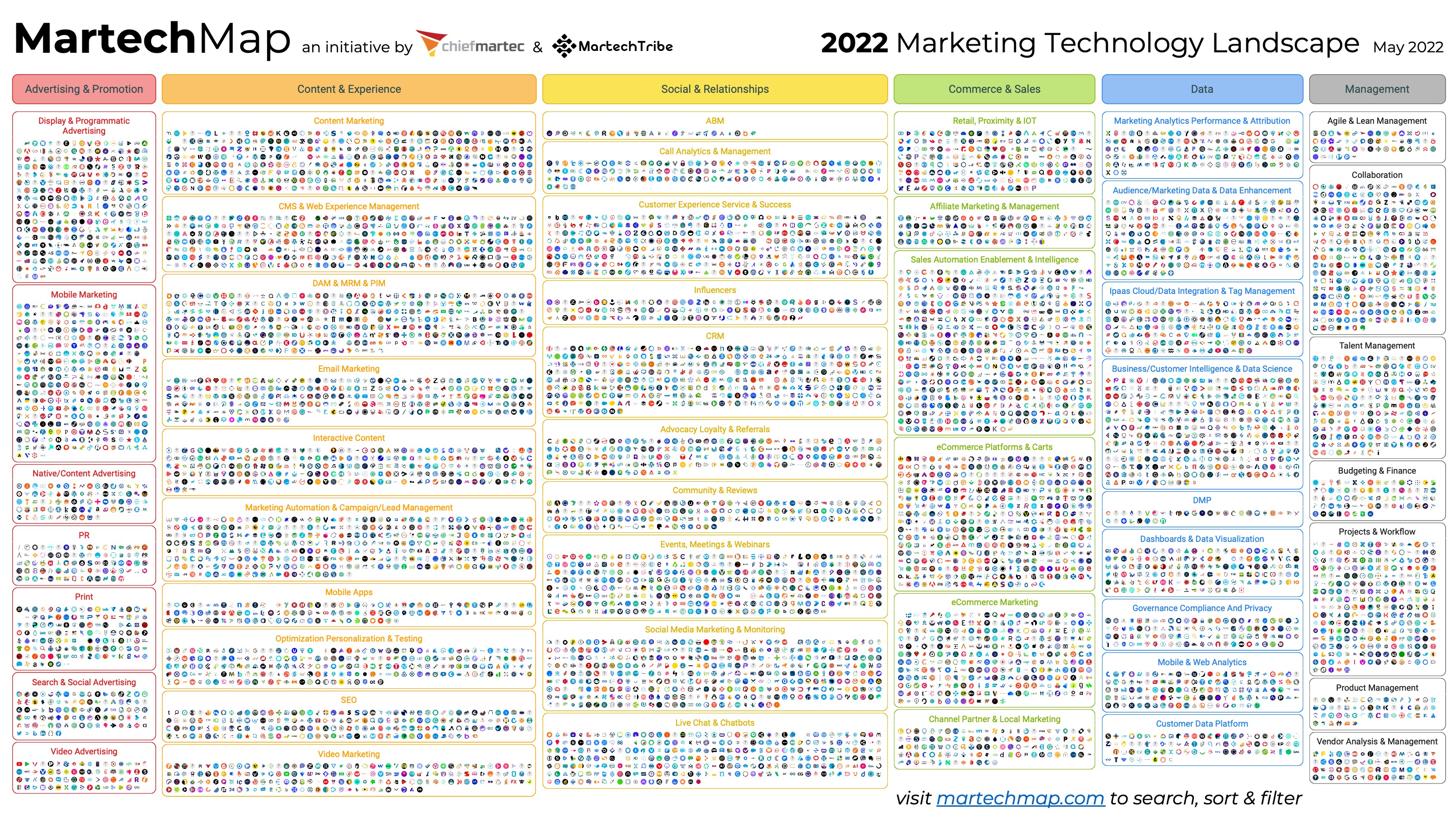The changing economic climate and its impact on Marketing and Martech in 2023
Out of one global crisis and into another. Interest rates, times of war, the cost of living crisis, unemployment and the stock market are all pointing toward uncertainty, slower growth and that dreaded R-word in 2023. It seems there is a cultural divide in perspectives too, in the UK, the media is focused heavily on the cost of living crisis and over-taxation, whereas the US media is focused on the stock market, job losses and the rising risk of a recession. Whatever the orientation, the outcome for most CMO’s will be largely the same.
What does this all mean for CMO’s in 2023?
Essentially, CMO’s and marketing departments will have to achieve more with less, they will have to be a little more prudent and ensure that every dollar, especially on martech, is well spent as they face increased scrutiny.
When economic slowdown occurs, no function, with perhaps the exception of training and R&D, feels the chill winds more than Marketing. This is essentially because Marketing is still seen as a business cost in many organisations, and a cost that can be cut when times are hard despite this being a short-termist view. The flawed beauty of marketing is that it is both an art and a science, it is very visible and so everyone within an organisation inevitably has an opinion as to what constitutes worthwhile marketing. Additionally, there are rarely formal rules or standard industry processes such as you see in financial accounting, sales forecasting, product quality or customer service, and so it is much harder to gauge, get right and at the same time assuage all opinions.
Whilst I will always defend Marketing investment as central to every organisation, Marketing as a capability still doesn’t do a great job of showcasing commercial pragmatism, and nowhere is this lack of commercial accountability more acute and exacerbated than in the new world of Marketing Technology (Martech)…


_vtrer.png?w=470&h=&q=100&&fm=png&fit=crop&crop=edges,faces)